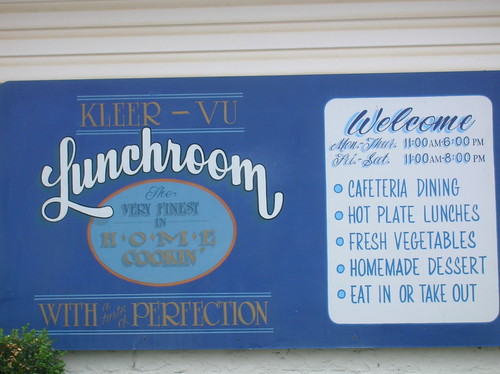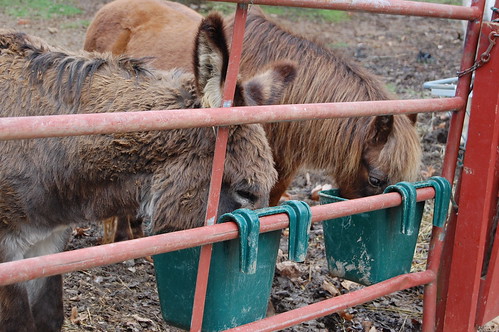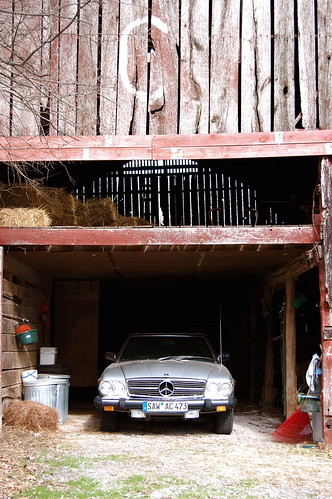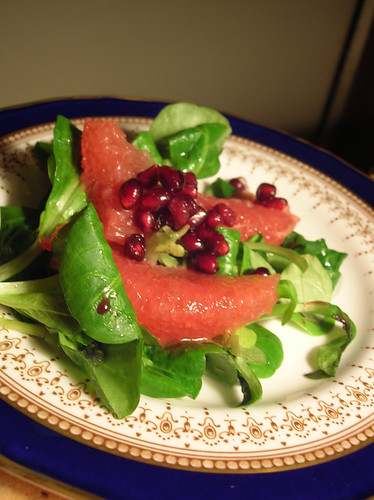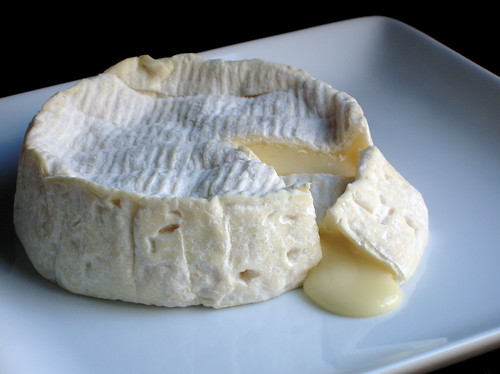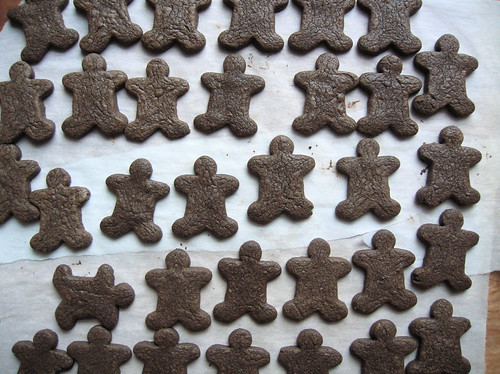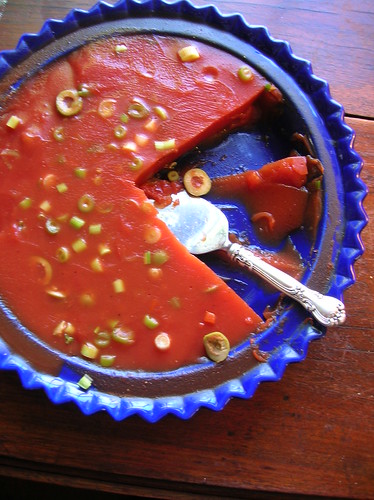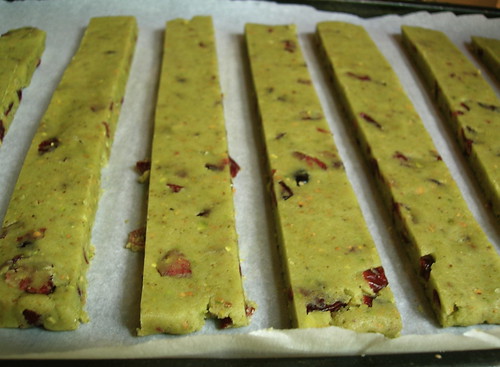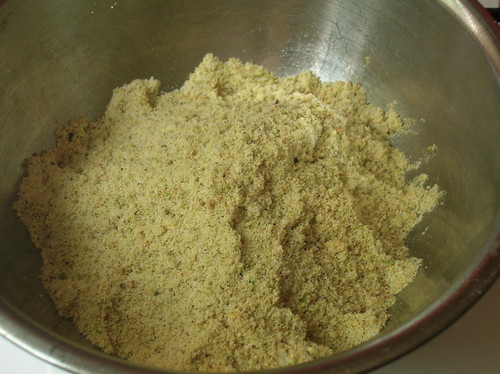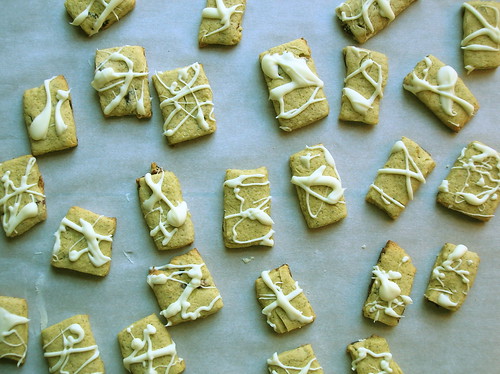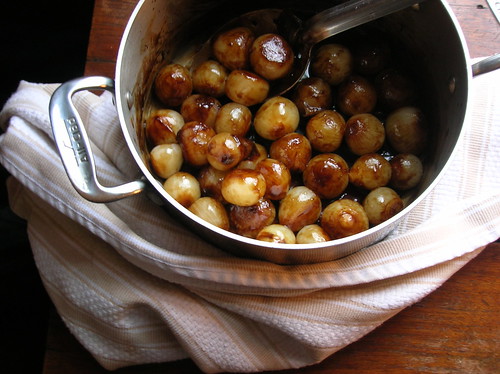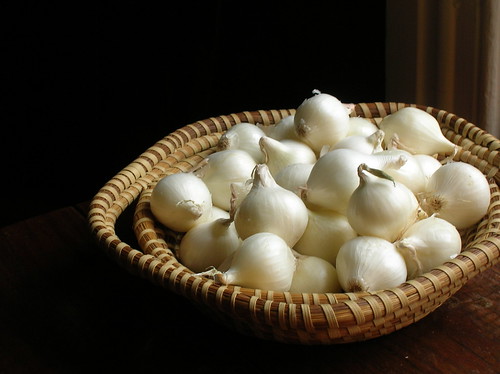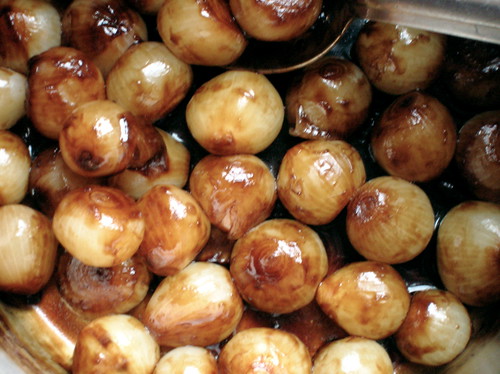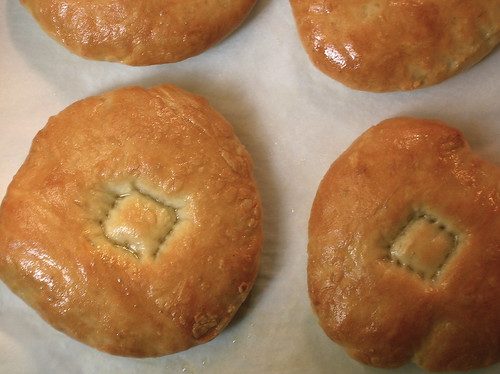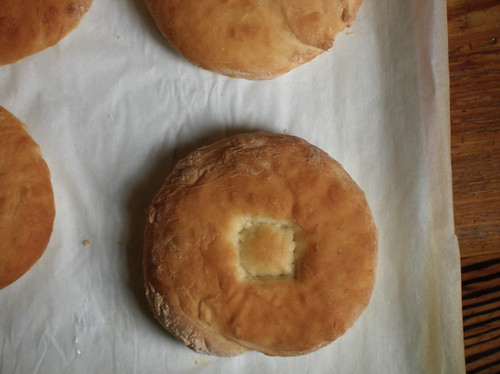 Where I grew up and where my mom still lives, our neighbor is a grandmotherly lady who spends her summers in the cool air of Canada. Each year as she prepares to flee Baltimore’s hot weather, we assure her we will keep an eye on the mail and the elaborate system of timers that water her hundreds of prize orchids. And each year, in return, she brings us a bottle of the most wonderful maple syrup you ever did taste. Not pancake syrup, not imitation flavor stuff, but sweet scented liquid gold.
Where I grew up and where my mom still lives, our neighbor is a grandmotherly lady who spends her summers in the cool air of Canada. Each year as she prepares to flee Baltimore’s hot weather, we assure her we will keep an eye on the mail and the elaborate system of timers that water her hundreds of prize orchids. And each year, in return, she brings us a bottle of the most wonderful maple syrup you ever did taste. Not pancake syrup, not imitation flavor stuff, but sweet scented liquid gold. Now, my family loves maple syrup, but it seems we don’t make enough pancakes, because each year when she brought us a new bottle we still had half of last year’s left. Over the years my mom devised several recipes to whittle down our supply, a maple-glazed salmon is still a favorite. However, it seems we’ve been lax once again because between my mom and myself, we’ve got three bottles of maple syrup. Oh, the difficult problems we face. I briefly considered giving one of them as an emergency Christmas gift, but this stuff is so good that even with our surplus I couldn’t bear to let it go. After all, if I had only one bottle in the pantry I might start to get a little nervous, it’s a long way to next August.
 Instead, I started searching for a recipe that called for maple syrup, not just a few measly tablespoons, but something by the cupful. I came across a recipe for maple-walnut cake that sounded just right, except for one thing. Problem is, I don’t love nuts in my cakes. Ground nuts, sure, but what I love about cake is the soft texture, something nuts just interrupt. I know, I know, trivial once again. However, I had an idea: I could use chestnuts, which have a nutty taste but a softer texture, and I could chop them very finely so that they sort of melted into the cake.
Instead, I started searching for a recipe that called for maple syrup, not just a few measly tablespoons, but something by the cupful. I came across a recipe for maple-walnut cake that sounded just right, except for one thing. Problem is, I don’t love nuts in my cakes. Ground nuts, sure, but what I love about cake is the soft texture, something nuts just interrupt. I know, I know, trivial once again. However, I had an idea: I could use chestnuts, which have a nutty taste but a softer texture, and I could chop them very finely so that they sort of melted into the cake. I suppose if you pour a few cups of fabulous maple syrup into something, you should expect it to be good, but this cake exceeded even my expectations. It smells as good as it tastes, supremely maple-y, with just the right soft nubby texture from the chestnuts. Keeping the chestnut theme, I made a frosting with sweetened cream cheese and chestnut paste, which is now one of my favorite new variations on cream cheese frosting. I have only two qualms with this cake: one, my cake lost some of its maple flavor after a few days, but this could be because I didn’t store it properly. Second, with the good maple syrup, chestnuts and chestnut paste, it can be a bit pricey, but I think it would be worth it for a special occasion. If you’re lucky enough to be able to afford candied chestnuts (marrons glacee) they would make a wonderful decoration on the top of the cake.
I suppose if you pour a few cups of fabulous maple syrup into something, you should expect it to be good, but this cake exceeded even my expectations. It smells as good as it tastes, supremely maple-y, with just the right soft nubby texture from the chestnuts. Keeping the chestnut theme, I made a frosting with sweetened cream cheese and chestnut paste, which is now one of my favorite new variations on cream cheese frosting. I have only two qualms with this cake: one, my cake lost some of its maple flavor after a few days, but this could be because I didn’t store it properly. Second, with the good maple syrup, chestnuts and chestnut paste, it can be a bit pricey, but I think it would be worth it for a special occasion. If you’re lucky enough to be able to afford candied chestnuts (marrons glacee) they would make a wonderful decoration on the top of the cake.I love doing a fancy dessert on New Years, when you can serve some cute appetizers, skip the entree, and head straight for the sweet stuff with your glass of Champagne in hand. After all, it’s only tomorrow that you swore off sweets and committed to salads. Until then, why don’t you have another piece of cake?

Maple-Chestnut Layer Cake
This layer cake is best the first day it's made, that is, if you can resist the smell of the cake coming out of the oven. The frosting is delicious, but you could also use a maple buttercream frosting if you prefer.
1/2 cup (4 oz) unsalted butter, at room temperature
2 1/2 cups flour
1 tablespoon baking powder
1/2 teaspoon salt
1 teaspoon ginger
1 1/2 cups pure maple syrup
3 eggs
1 teaspoon vanilla extract
1 cup chopped cooked chestnuts
Chestnut Cream Cheese Frosting, recipe follows
1. Preheat oven to 350 F. Grease two 9" cake pans. Place chestnuts in a food processor and pulse to make a coarse meal (alternately, if you don't have a processor, you can chop them as finely as possible). You should have 3/4 cup chestnuts.
2. Sift together flour, baking powder, salt, and ginger.
3. Beat butter and maple syrup together until combined. The mixture may look slightly curdled, that's ok. Beat in the eggs and vanilla. Add the flour mixture in two additions, stirring to combine. Fold in the chestnuts.
4. Divide batter between prepared pans. Bake 40 minutes. Let cool on a rack.
5. Place bottom cake layer on a platter. Spread the top with some of the chestnut frosting. Top with second cake layer, frost top and sides of cake with remaining frosting.
Chestnut Cream Cheese Frosting
12 oz cream cheese
4 oz (1/3 cup) chestnut puree
2 tablespoons butter, softened
1 teaspoon vanilla extract
3 cups sifted powdered sugar
1. Cream together the cream cheese and butter until smooth. Add the chestnut puree and vanilla to combine. Slowly sift in the powdered sugar until the desired consistency is reached.

